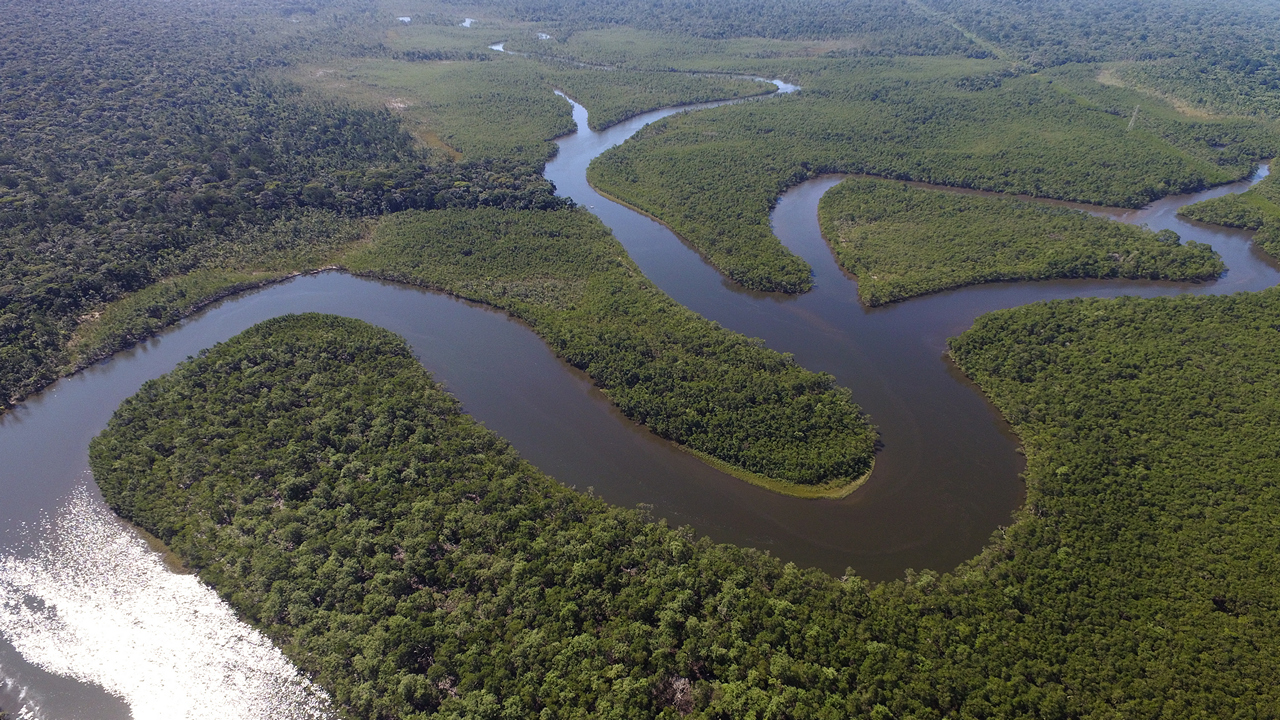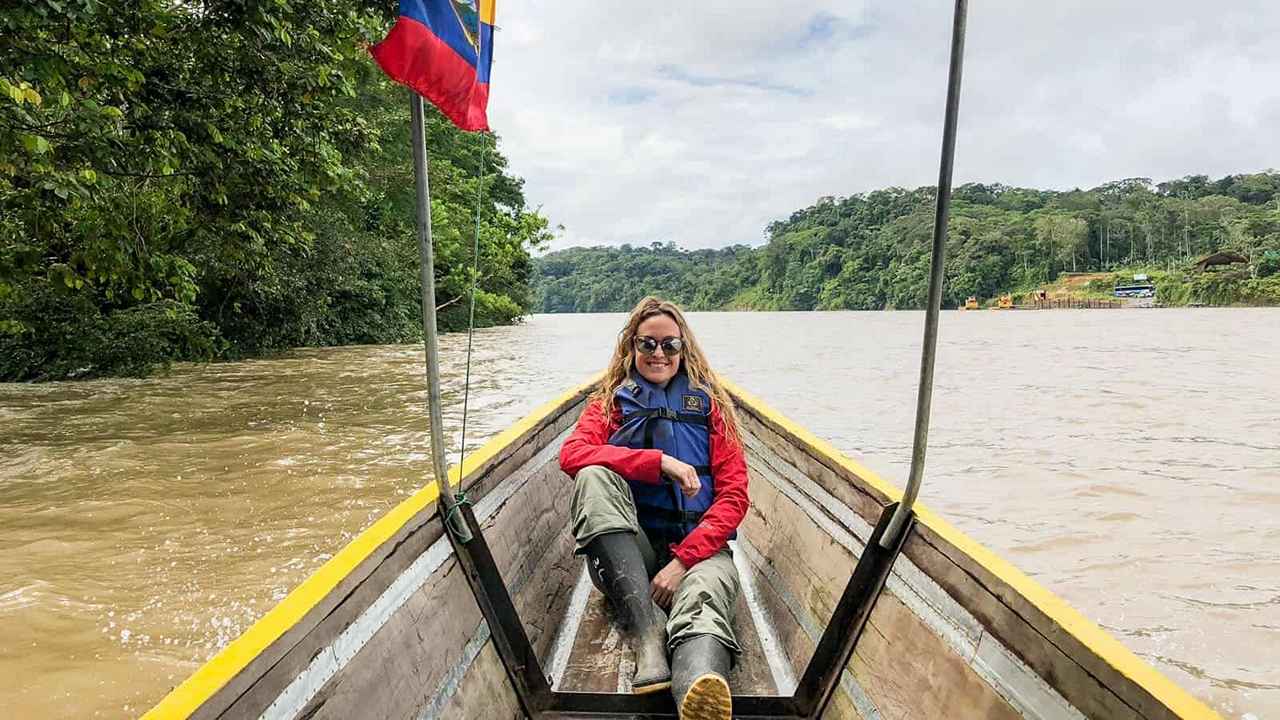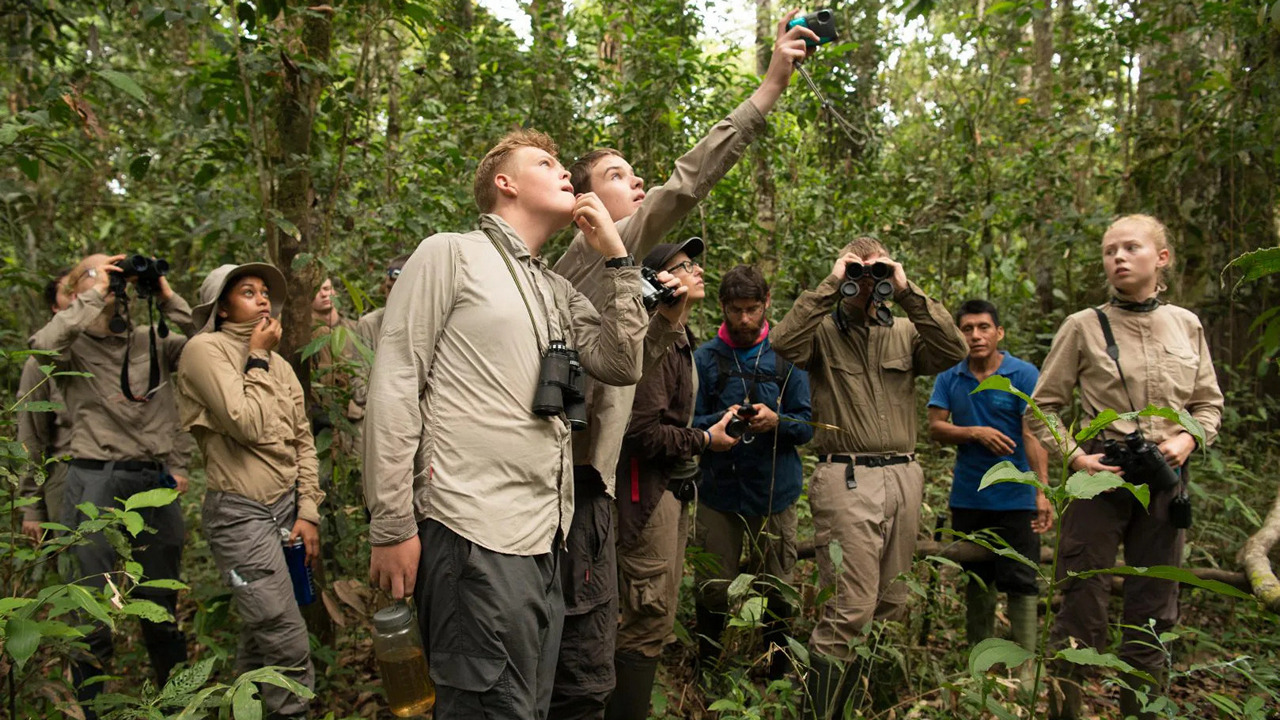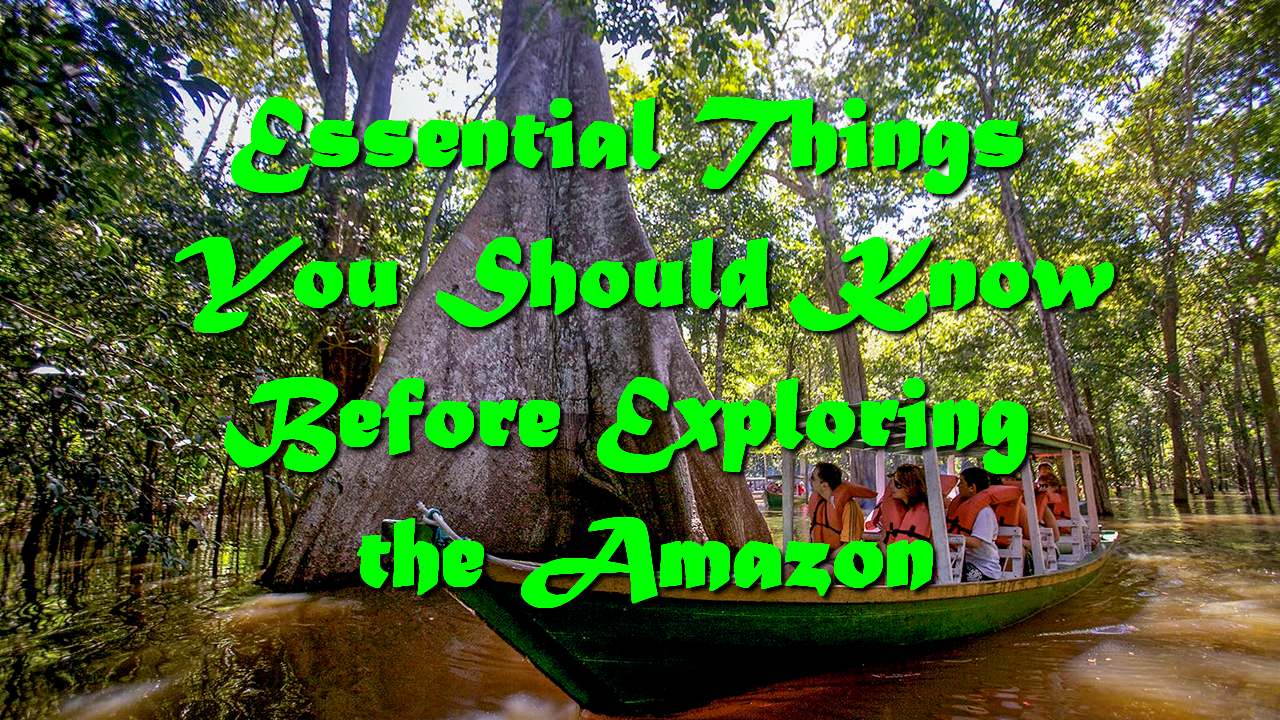The Amazon lowlands are a true wonder of the world, striking; an ecosystem unrivaled in size and biodiversity; a place whose effect on travelers is akin to the mystical. The Amazon has more water than the seven largest rivers in the world that follow it. The basin of the river would fit two India, and the Amazon flows through eight countries. It is one of the planet’s most important sources of life, affecting the air, water, and climate on which we are so dependent. If you think there’s a jaguar or a half-naked Indian waiting for you behind every tree, you’re in for a bit of a disappointment. Count on whole armies of howler monkeys, an astonishing variety of plant life, the hospitality of the inhabitants of Amazon villages and towns, and the calm but awe-inspiring power of the great river itself.
Where to go?

Manaus is the largest city in the region, and the quickest and easiest to get to the jungle from. In the capital of Amazonas, you will find many serious tour operators offering a variety of tours, from budget options to the most exclusive and expensive. The only downside is that groups are usually large and the nature along the routes is not so pristine.
Comfort and safety in the jungle: Important information

Do not forget that the jungle is not an artificial park adapted to humans. The Amazon forests hide many dangers invisible to our eyes – under the soft moss on the trees can hide sharp prickles, and cute ants on your way can be poisonous.
Being with the best jungle guides, you can be sure of your safety, but you need to be vigilant and strictly adhere to the rules that will be announced to you upon arrival.
If you are planning a trip to the rainforest (Manu National Park), we recommend getting a yellow fever vaccination. We also recommend taking the usual precautions to avoid mosquito bites: use repellent and wear long sleeves and pants if possible.
What to take with you? Clothing, Footwear, Protective Equipment

- Clothing: We recommend that you bring light, quick-drying, preferably cotton clothing, including several short-sleeved t-shirts, a long-sleeved sweater/jacket, several pairs of socks, a rain jacket, and a bathing suit.
- Hat to protect you from the sun.
- Comfortable, waterproof shoes.
- Flashlight and extra batteries.
- Camera with an extra battery.
- Binoculars.
- Insect repellent.
- Sunglasses.
- Sunscreen.
- Water bottle.
Interesting facts about the Amazon lowlands
- Several months a year during the rainy season this natural region looks like a huge swamp. And in times of drought, the area is covered by fires, about 35-40 thousand fires are recorded annually.
- In terms of area occupied, the Amazon lowland is almost equal to Australia.
- In some places, the Amazon lowland rises to a height of 350 meters.
- There is no infrastructure in the Brazilian part of the lowlands, as it is a wilderness with few human inhabitants. Of the 200 tribes living in the Amazon basin, 67 are recognized as non-contact.
- Every year in this region researchers describe new, previously unknown to science representatives of fauna and flora. This is because many of them are simply not found elsewhere in the world.
- The lowlands are home to the largest rodent in the world, the capybara. The animal looks like a badly overfed guinea pig, the carcass of which weights 45-50 kg.
- The most dangerous inhabitant of the territory is considered to be the banana or Brazilian wandering spider. It is very poisonous and poses a serious threat to human life.
- The flora of the Amazon is the source of many plants, based on which homeopathic medicines are developed.
- The most famous plant growing in the Amazon is the Victoria lily. Its giant leaves grow up to 3 meters in diameter and can hold up to 50 kg of weight. The water lily blooms after sunset.
- According to legend, somewhere deep in the jungle of the Amazon lowlands is the lost city of Vilcabamba, where the Inca rulers hid from the Spanish conquistadors.
- The deforestation of the world’s oldest forests is a real ecological problem in the Amazon. It leads to an intensification of the greenhouse effect on the planet, which leads to global warming, as well as the imbalance of the ecosystem, and the extinction of species of rare animals.
